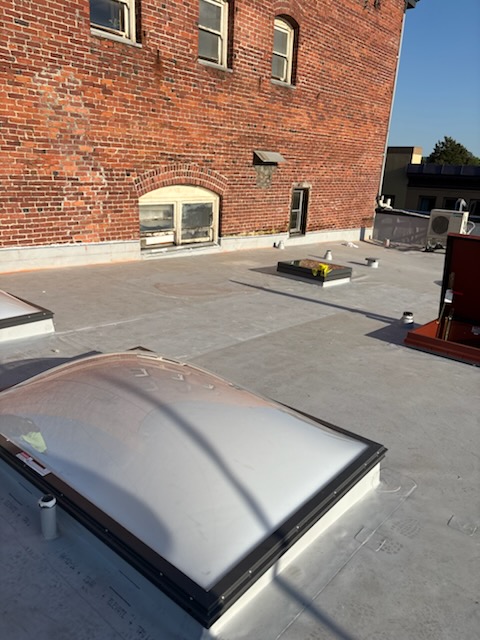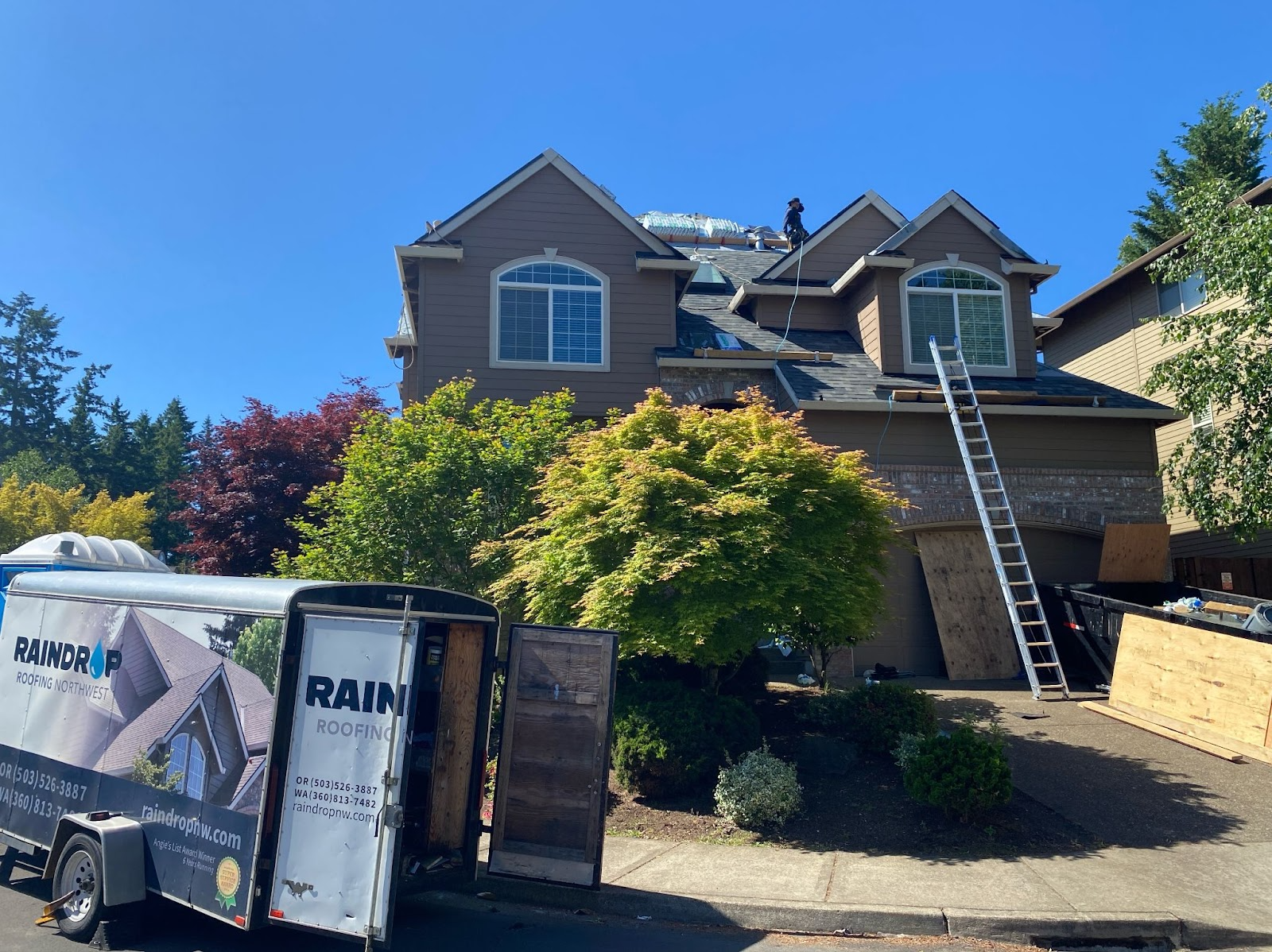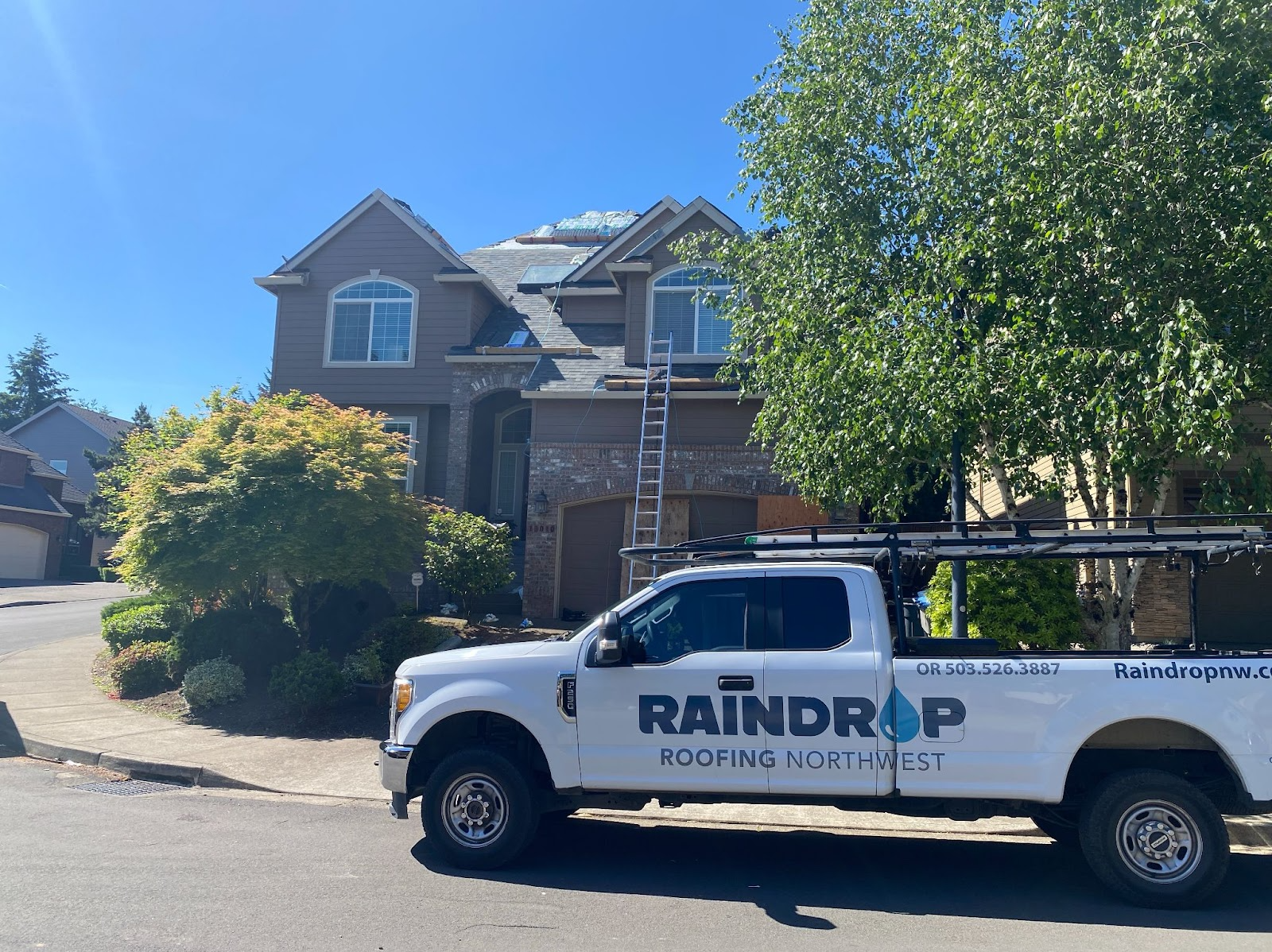Low-slope roofs, often referred to as flat roofs, are defined as having a pitch below 2:12. In other words, for every 12 inches of horizontal distance, the roof rises 2 inches vertically. While this design is most common in commercial buildings, it is also used in some residential construction. Because homeowners are less familiar with low-slope roofing, they may not realize the unique care these systems require. Regular inspections are one of the best ways to preserve performance, extend lifespan, and prevent costly damage.

Understanding Low-Slope Roofing Systems
Low-slope roofs differ significantly from steep-slope residential roofs. They cannot rely on gravity alone to shed water, which makes drainage systems, materials, and installation quality especially critical. Common materials used in low-slope roofing include:
-
Single-ply membranes like TPO, PVC, and EPDM
-
Modified bitumen roofing systems
-
Built-up roofing (BUR) made of layered asphalt and fabric
-
Coatings designed to protect and extend the roof’s life
Each of these systems has its own strengths, but all require ongoing care to perform well in the long run.
Why Low-Slope Roofs Need Extra Attention
Because low-slope roofs are nearly flat, they are vulnerable to standing water, leaks, and debris buildup. Even small punctures or clogged drains can quickly turn into larger issues if ignored. A building owner or homeowner might not see these problems from the ground, which is why professional inspections are essential.
The Role of Regular Inspections
Professional inspections for low-slope roofs should include:
-
Checking the membrane for punctures, cracks, or blisters
-
Inspecting flashings and seams for proper sealing
-
Clearing drains and scuppers to prevent water buildup
-
Looking for signs of ponding water or structural sagging
Catching these issues early helps prevent interior water damage and extends the life of the roof.
Maintenance Practices That Matter
Ongoing maintenance is just as important as inspections. Effective care includes:
-
Removing debris like leaves, sticks, or trash that can block drainage.
-
Resealing or repairing seams, joints, and penetrations as needed.
-
Addressing ponding water promptly to prevent leaks or structural issues.
-
Considering roof coatings to improve weather resistance and energy efficiency.
Benefits of Professional Low-Slope Roof Care
Consistent inspections and maintenance provide several advantages:
-
Extended roof lifespan by addressing issues before they spread
-
Reduced repair costs compared to emergency fixes after leaks occur
-
Improved property value by keeping the roof in top condition
-
Peace of mind knowing your roof is performing properly year-round
Partner with Low-Slope Roofing Experts
At Raindrop Roofing NW, we specialize in low-slope roofing inspections, maintenance, and repair in Beaverton, OR. Whether your roof is TPO, PVC, EPDM, or another system, our experienced team can help identify issues, provide tailored maintenance, and protect your property for the long term.
Contact Raindrop Roofing NW today at 503-526-3887 or fill out our online form to schedule your low-slope roof inspection. Let our experts ensure your roof remains watertight, durable, and dependable. We offer 3 year maintenance programs, as well as one-time services.




